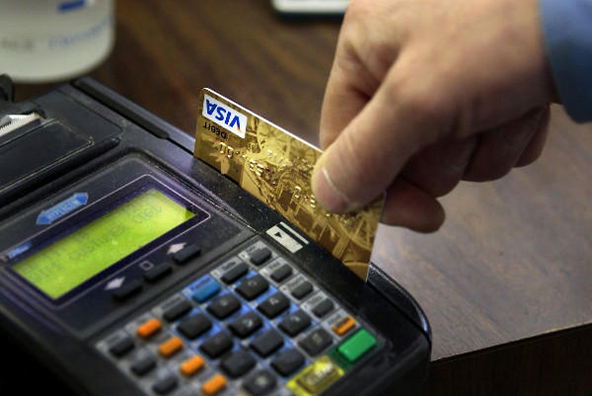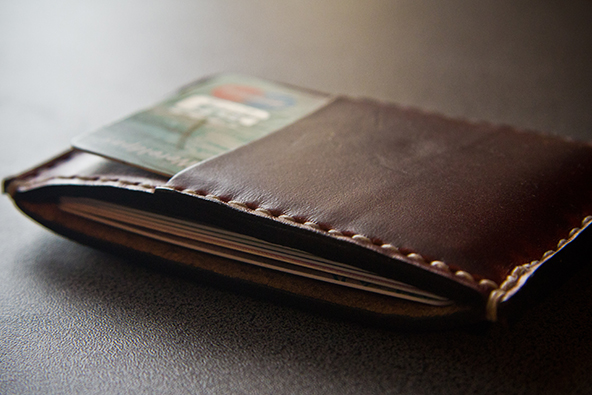Mobile P2P Payments to Total $7B in 2010

The total volume of mobile person-to-person (P2P) transfers in the U.S. will be $7 billion this year, according to a new report by Javelin Strategy & Research, a consulting firm, focused solely on the financial services and payments industries. P2P volumes are projected to grow substantially in the next few years.
Javelin’s study found that adoption of mobile payments in the U.S. is still quite low. At present, only 8 percent of Americans with a mobile phone plan to use it to make a payment transfer in the next year. The contrast with the higher levels of acceptance of mobile P2P payments in emerging markets is due mostly to the fact that banking services and alternative payment products, such as credit cards, tend to be either absent or underdeveloped in such countries.
Mobile P2P payments have been available to U.S. consumers for more than 10 years, according to the report, going all the way back to the arrival of PayPal’s predecessors in 1998.
However, Americans are finally beginning to warm up to the idea of using their mobile phones for payments. To a large degree this change in attitude can be traced to the wider adoption and increased capabilities of smart phones. Another factor, perhaps just as big, is the emergence of a number of new companies that are making it easy to complete a payment from your phone.
It seems like every week now there is an announcement of yet another start-up promising to revolutionize the way we make payments, replacing credit cards with cell phones in the process, or something like that. Boku, Zong, Billing Revolution, Obopay are just a few of these companies.
Here are some of the key findings of Javelin’s report:
- Smart phone owners and consumers between the ages of 18 and 34 are both the most active users of mobile banking and are prime targets for mobile P2P use.
- Almost four in every ten mobile bankers initiated a mobile P2P transfer in the past twelve months.
- Most consumers who make mobile P2P payments do that for domestic transfers and not for international remittances.
- The majority of mobile P2P transactions initiated in the U.S. fell in the range $10 to $50.
- Consumer awareness and security concerns are the top barriers to U.S. consumer adoption of mobile P2P payments, in addition to limited service availability, which is changing dramatically this year and will continue to do so for the next several years.
The mobile payments industry is poised for a huge expansion in the coming years. Various reports project exponential growth in both the number of users and payments volumes. According to Research and Markets, for example, mobile payment volumes in North America will reach $288.4 billion in 2014, as consumers become more comfortable with making mobile payments. Globally, the number of mobile payment users will rise to 1.06 billion in 2014, according to the same report.
As of yet, there is no dominant player in the mobile payments market. Large financial institutions have largely stood by the sidelines, allowing start-ups to take the early lead. It will be interesting to watch how the landscape will be evolving as larger banks become more serious in their mobile P2P service offerings. One thing is certain, though: mobile payments are well on their way to becoming as mainstream a payment form as e-commerce transactions, creating a whole new industry in the process.
Image credit: Kineticww.nl.


